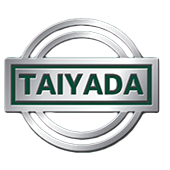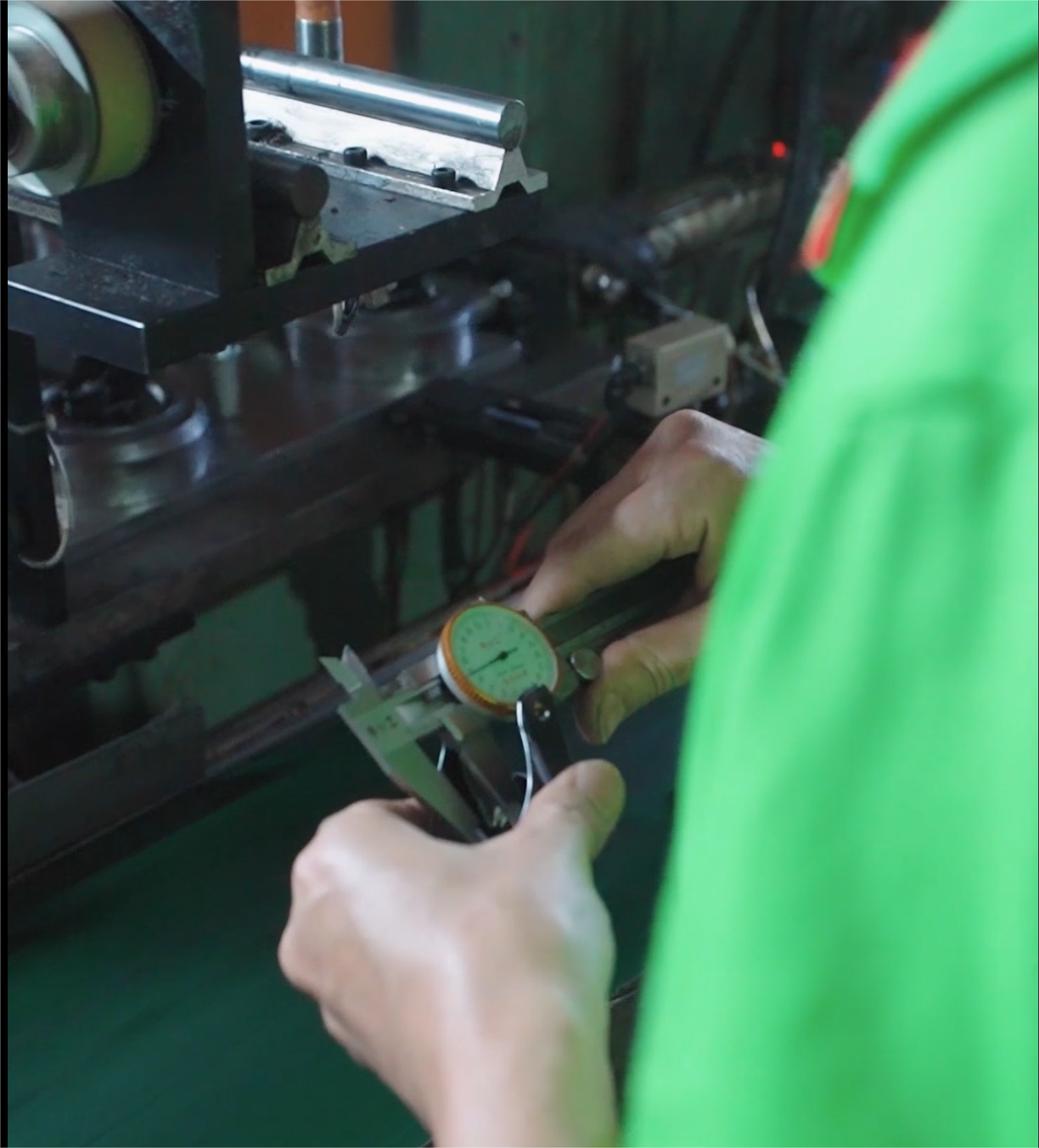In contextu globalizatio, rotuli, ut accessoria importantia furnitūrum et industriārum, rōlem praecipuam exercent, et eorum normae influunt super tēlecam, utilitātem, et adaptabilitātem. Diversae nātiōnēs et rēgiones suās prōpriās normās rotulōrum constituerunt ex necessitātibus mercātī, gradibus industriālis dēvēlōpmentī, et praeceptīs sēcuritātis. Hoc articulus praebēbit summam dētailem de normīs rotulōrum in aliquot maiōribus nātiōnibus et eōrum characteristicīs. 
1. Status Unitī
In Americae Unita, normae pro volubilibus praecipue a Instituto Normarum Nationalium Americano (ANSI) et Societate Americana pro Experientiis et Materialibus (ASTM) constituuntur. Normae ANSI continent designium, materiales et methodos experimentorum pro volubilibus, tutelam et fidem productorum in usu certantes. ASTM intendit ad methodos experimentorum, inter quae capacitas oneris ferendi, resistencia usui et performance experimenta resistentiae rotandi. Praeterea, Laboratorii Subscriptoribus (UL) normaverunt volubiles in applicationibus electricis usitatos, cum accentu super securitate et resistentia igni.
2. Unio Europaea
Normae rotularum in Europa regulantur praecipue a Comite Europaeo Normalisationis (CEN). Normae Europae incitant ad tutelam ambientis et sustinibilitatem, promoventes minuendam quantitatem substantiarum noxarum in processu fabricationis. EN 12529 est norma principalis pro rotulis, definiens performantiam securitatis et methodos probationis pro variis generibus rotularum, inter quae continentur probationes onerum staticorum et dynamicorum. Praeterea, CEN attendit specialiter ad sonos emittendos ab rotulis, postulans producta ut servent sonum minimum durante usu, quod est maxime importante in locis habitaculi et officiorum.
3. Iaponia
Normae Japoniae pro ferculis praecipue a Comitato Normarum Industrialium Japonicarum (JISC) supervenientur. JIS B 4800 est norma principalis pro ferculis, comprehendens omnia a designio ad electionem materialium. Normae Iaponicae severas postulationes de capacitate portandi onus, de resistendo attritioni, et de resistendo corruptioni implicant, praecipue aptae pro ambientibus industrialibus et transportationis. JIS etiam incolumitatem et stabilitatem subliniat, utendo securitatem usoris tuens.
4. China
In China, normae rotulatorum praecipue a Administratione Standardizationis Sinicae (SAC) et Federatio Industriae Mechanicae Sinicae elaborantur. GB/T 19625 est norma principalis pro rotulatoris in China, comprehendens requisita technica, methodos probandi et signationem diversorum generum rotulatorum. Haec norma ponit accentum in electione materialium pro rotulatoribus, necnon in requisitis capacitate portandi onus et vitae utilitatis. Praeterea, normae Sinae paulatim experientias ex normis internationalibus adscribunt ut qualitatem producti meliorent et internationalitationem promoveant.
5. Alia Territoria
Nationes tales qualis Australia, Canada, et India insimul habent sua propria norma rotularum. Exempli gratia, australicae normae (AS) insistunt in securitate et amicitia erga ambientem, praestantes attentionem ad performance rotularum in ambientibus altae caloris et umidi; normae canadianae (CSA) tractant compatibilitatem productivitatis intra systema americano-boreale. Systema indorum standardizationis paulatim melioratur et incipit considerare quaestionem internationalis standardizationis propter rotulas.
Summa
Quo necessario componenti in applicationibus industrialibus et mobilium, rotuli variis normis per orbem terrarum subjiciuntur, secundum singulorum regionum necessitates et characteres. Comprehensio particularum normarum rotulorum in variis nationibus possit fabris adiuvari ut melius respondeant desideratis mercati in designatio, productio et venditione, simul incremento tutelae et firmitatis productorum. In commercio globali, promovendo integrationem internationalem normarum rotulorum, contribuetur ad meliorem efficientiam et securitatem catenarum supply globalium. Hoc articulus intendit tibi profundam intelligentiam et referentiam praebere de normis rotulorum variorum gentium.


